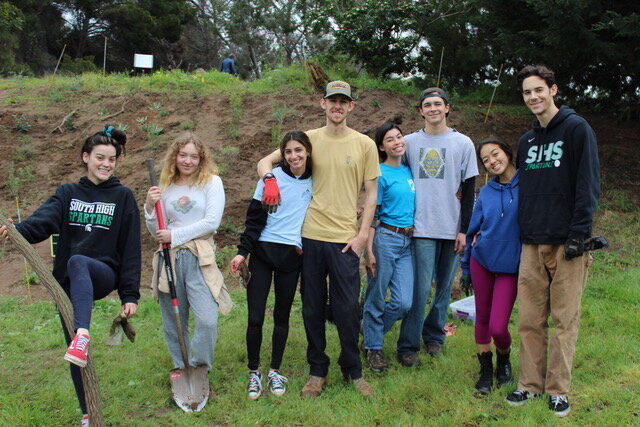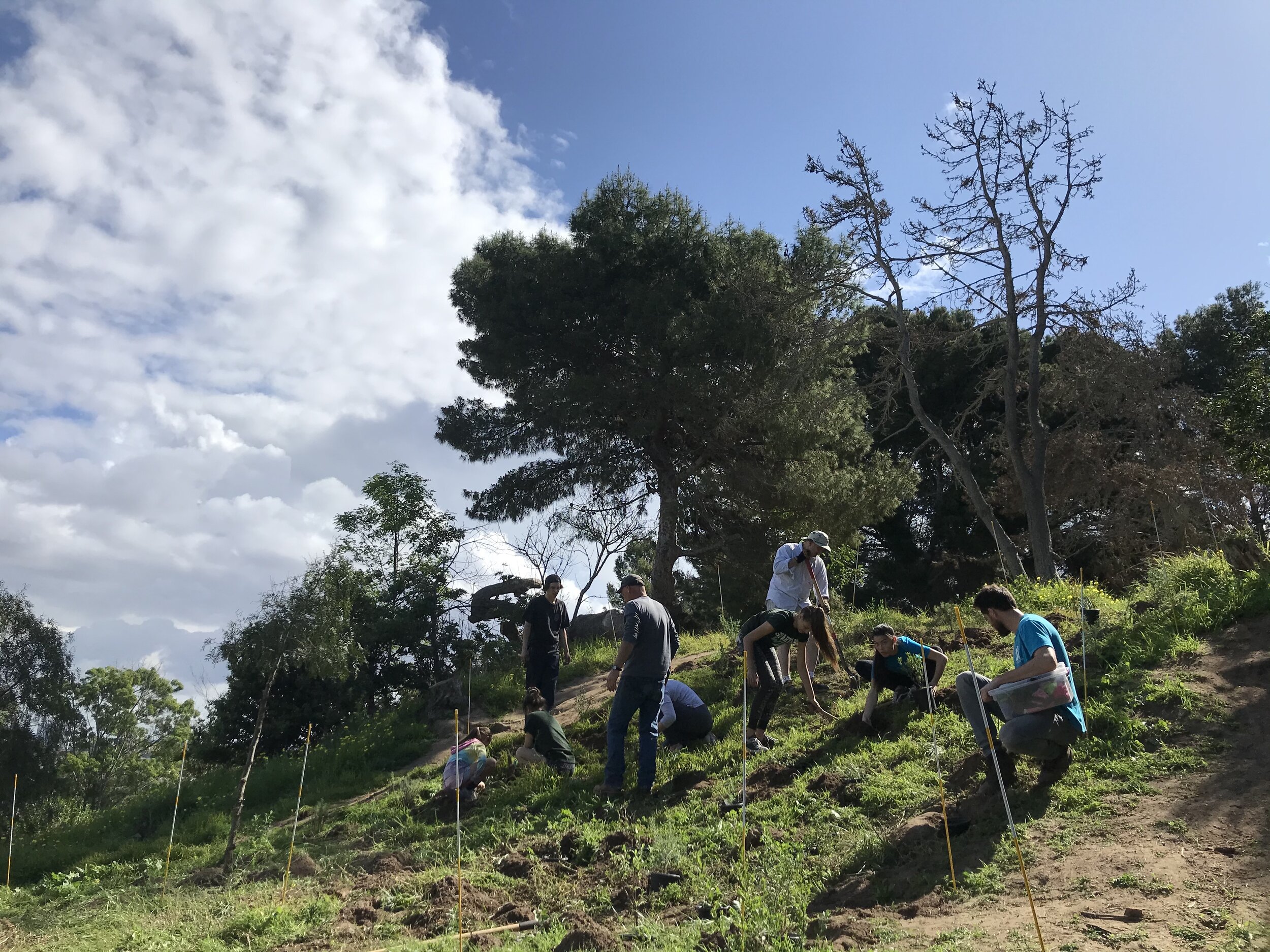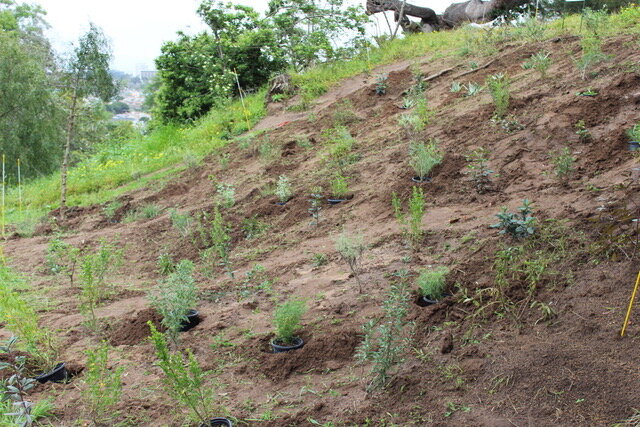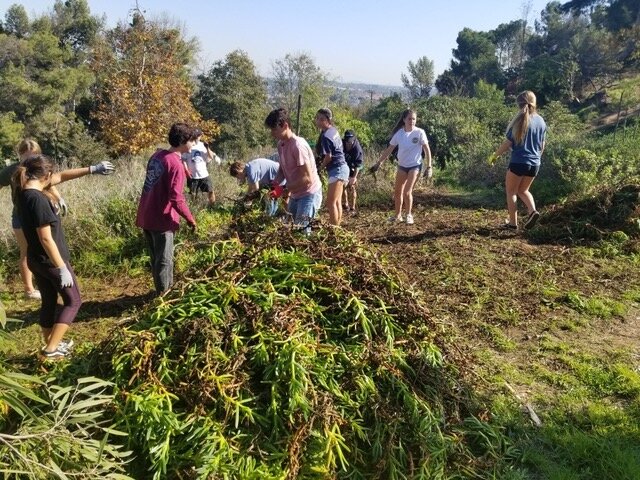How I Became a South Bay Parkland Conservancy Volunteer Making a Difference in School, in the Community and Beyond
A Reflection by Victoria Petitt
Since I could remember, I’ve felt a special connection with nature and a passion for science. My dad always reminded me about the importance of all living things, so I see him as a great influence on my love for exploring and analyzing the world around us. As I grew older, I decided to apply my love for the Earth more and more into my life. Starting in seventh grade, my friends and I joined my school’s Environmental Science club where we would pick up classroom recycling bins and even dig through the trash cans to sort out recyclables.
In high school, I joined the Environmental Science club, whose members were always looking for volunteer opportunities. My dad had been on the Advisory Board for the South Bay Parkland Conservancy, therefore, I suggested the club volunteer at Hopkins Wilderness Park. Ever since November 2017, the South High Environmental Science club has cleared many invasive species and planted hundreds of native plants throughout the park.
As I studied more about the environment I became even more active in the Environmental Science Club as President. I created a logo for the club and printed it on reusable bags to sell on “Club Day,” along with metal straws. I wanted to emphasize the importance of even the smallest act of change when it comes to swapping a reusable bag or a metal straw for thousands of plastic ones. Routinely, I created slide presentations about upcoming volunteer events, fundraisers, and regularly posted on our Instagram to more than 200 students. In November 2019, I initiated a project that involved redesigning a prominent planter at South High with native plants organized by class color. Along with my Dad, dozens of students spent their morning and afternoon removing non-native plants, digging and watering holes, and planting natives. There was something so special about working tirelessly along with your classmates to beautify your school and restore nature.
Another exciting project that year was through our involvement with the South Bay Parkland Conservancy - we were offered a whole slope area at Wilderness Park! A lot of consideration and planning went into this project - education about native plants, specifically in the coastal sage scrub plant community, why native plants are important to the environment, promotion of the big planting day as well as oversight the day of. It was amazing to see the efficiency and productivity of more than a dozen teenagers. We completely restored an area, once concealed as a mound of aggressive ice plants, then as a grassy hillside, to a diverse, native habitat. Over 100 native plants were put in the soil that day, but the real reward was yet to come. As we were leaving the park that day, we spotted a Great Blue Heron at the pond near the exit. Unfortunately, none of us had seen such a majestic bird before. The Heron, being SBPC’s logo, was a major sign that our hard work in rewilding Wilderness Park was creating an adaptable habitat for countless species to thrive. For me, to see our work make a difference to not just us who enjoy it, but to the wildlife who depend on areas like this, is the most rewarding.
My work with South High’s Environmental club and our work with the South Bay Parkland Conservancy reinforced my appreciation for creating a community of people who share a passion for nature. SPBC allowed us to make an impact beyond the high school and further connect with our local parks. Green spaces are an essential part of communities, as they provide a place for adults, students, and families to create a positive relationship with the environment. The Environmental Science club and my work with SBPC are beyond just a part of high school for me; they helped me find my love for giving back to the environment and all those who depend on it. As a youth environmental activist, my goal has always been to empower other young adults with the belief that our actions and voices have the ability to change the world.
As Jane Goodall said, “What you do makes a difference, and you have to decide what kind of difference you want to make.”
Guest post by: Victoria Petitt, @victoriapetitt




